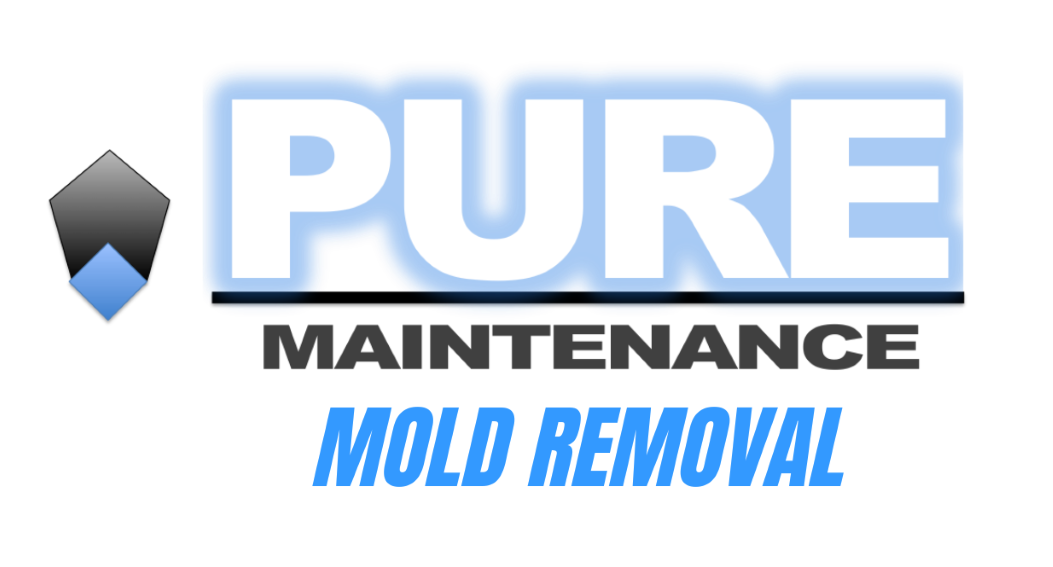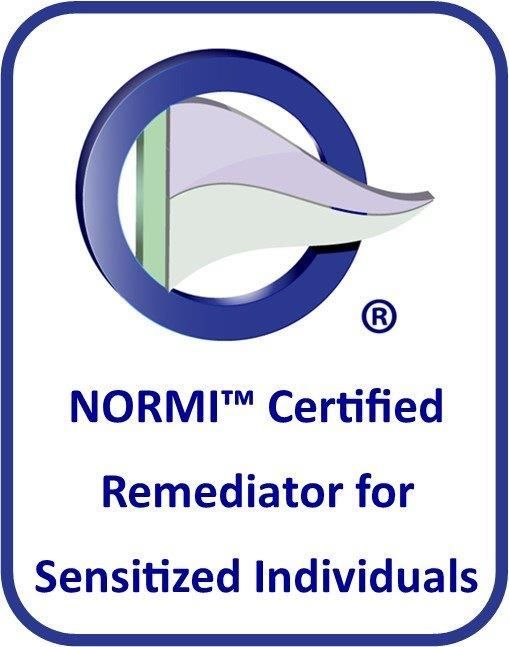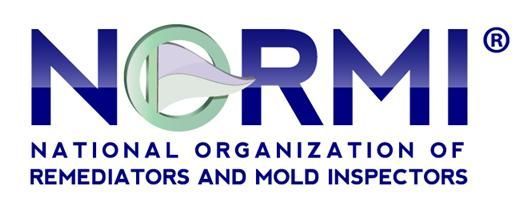Our Blog
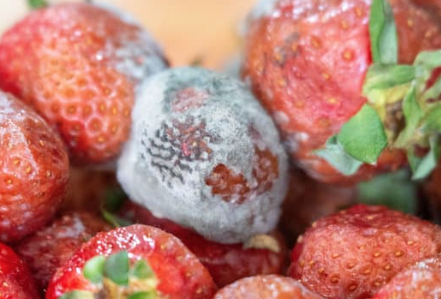
Why Does My Produce Produce Mold? I have often been asked to look at a home for potential mold problems. One common denominator that seems to often follow a home with elevated “Mold Load” is their fruits and vegetables get moldy quickly. Here is the question of the day, Is the mold from the house, or was the produce inoculated prior to bringing the groceries in the house. It's a great question, and may be tough to answer. First of all, we know that fruit, and vegetables will occasionally have mold on them from the orchard or farm, to the processing plant, and finally to the retail store. I say “occasionally” because prevention is a high priority for the packaging plants. The general guideline is that if a store receiving manager feels there is more than 10 percent mold or bacteria, they often will reject the entire shipment. Additionally, About 20 percent of all fruits and vegetables harvested each year end up in the trash due to microbial spoilage, according to an April 2016 review published in Food Microbiology: Principles into Practice. Some are contaminated with bacteria or mold, while others go bad because of high temperatures, oxidation or increased humidity. Spoilage microorganisms can affect fresh produce anytime during harvesting, handling, distribution or storage. So, although these figures are concerning, we as consumers can't change them, and we can only prevent what we can prevent. So what about the food that gets moldy from our homes’ indoor environment? I have recently read an article that states that if you keep your apples in the refrigerator, they should stay good for about a week, if you leave them on the countertop, they should be good for about 7 days. All kidding aside, if you find you can't even get 5 to 7 days without the food getting moldy, you likely haveelevated mold load in the home. A few things you can do, as a homeowner, to keep your food from getting moldy. Wash or rinse your produce. According to Health.com, The reason to wash fresh fruits and veggies is to rinse away soil, microbes, and pesticides. Sometimes you'll see visible soil on leafy greens and other veggies, which can be unappetizing and add a gritty texture to your meal. Microbial pathogens found on produce, including E. coli, salmonella, the microbes that cause norovirus, and mold or fungus can result in foodborne illness. Dry the fruits and vegetables thoroughly. Moisture encourages mold growth. Keep an eye on spoilage dates printed on packages, including deli meats and cheeses. Refrigerate foods quickly when you bring them home. And finally, and maybe most importantly, get your home healthy. If you find your food is spoiling before it should, you likely have “elevated mold load” in your home. Elevated mold load includes spores, growing mold, dormant mold, and the mycotoxins associated with mold. Call Pure Maintenance and see if they can help. If your home grows mold on fruits and vegetables, meats and cheeses quickly, you can figure the indoor air quality isn’t doing your personal health any favors. Pure Maintenance is literally, “A Fresh Start to a Healthy Home” Mike Adams
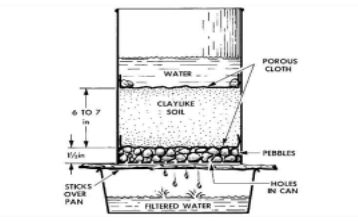
More about Mold Load Mike Adams The term “mold load” has been an effective way of describing the mold burden that is in our homes. Not entirely different from high or low blood pressure, high or low cholesterol, or high or low electromagnetic radiation. It is safe to assume, and in my mind, very obvious, that some homes have a very high mold load, and some homes have a very average mold load. Have you ever asked yourself why some homes can have a leak, and the mold growth is very very minimal, and others, the mold thrives. These same homes in which the mold thrives, also seem to grow mold in the tub and shower area often, and the food on the counter or in the refrigerator gets moldy quickly. Its a variable that is not often discussed. The reason for the variability is the ever growing mold load in the home. It is safe to say that all homes have some mold, just as all air that we breathe indoors or outdoors has mold. However, the term mold load is beyond the scope of simply the number of spores that are in the air. Mold load includes spores in the air, growing mold on surfaces, dormant mold on surfaces and in the air, hyphae or hyphal fragments on surfaces or in the air, and the associated mycotoxins Keep in mind, you need at least one million spores within a square inch to be able to see any mold with the naked eye. So lets not assume that if we had an issue, we would see it. Additionally, mold does not die off like bacteria. It can change from sporing to growing, to dormancy etc etc, but it does not generally die-off. It is for this reason, the mold load of every home increases day by day, and year by year. It’s a concept that the traditional remediation world refuses to recognize, and for good reason. They simply do not have an answer for the mold load that is throughout the home. In fact, they double down on NOT recognizing this by “containing” with plastic, the area to be addressed. I understand that their reasoning is that they need to “contain the mold” so that it doesn't get into the rest of the home. This is a great thought, if for even a split second, anyone thought the rest of the home was sterile. Or, at very minimum, void of mold load. I'm guessing the only way to assign logic to the containment idea is to suggest that all mold, in the entire home, heard about the leak and decided, as a group, “lets go to the party” Of course, this is beyond ridiculous. I personally look at the containment protocol differently, and I believe it is their way of suggesting, “we are not responsible for anything in the home, relative to mold, except what is in this small contained area. I took a week long mold contractor class a few years ago, and we spent a day learning the ins and outs of 6 mil plastic, and duct tape, and double bagging, and twisty ties. I did not feel as though I was learning anything that would be considered “state of art”. Yes, it was a long day. In an attempt to break up the day, I asked the group, “hey, after we are done, we take down the plastic, and then test the home?” An almost thunderous amount of voices all said, almost in unison, “NO”! I went along, played dumb, and said, “why”? The vocal ones were very adamant in telling me, “you will never be able to pass that house, on a mold quality test, unless you leave the containment up, and test within containment after you have run air scrubbers within the containment for a few days. I pushed further, “so, are we not worried about the rest of the house”? The return statement was, “it's not within our scope of work”. I get that, and thats a safe way to keep themselves free of liability. I can draw a comparison to the car world. Lets say you are involved in a car accident. The reason for the accident is the brake system on the car failed. The accident caused significant damage to the front end of the car. What needs to go be corrected for this car to be working correctly again? Anybody with even a tiny amount of common sense would say, make sure you get the brakes fixed. But what if you just took the car to a body shop. And they just fixed the front of the car? In other words, they just fix the visible problem, and they ignore the root of the problem. This seems insane, however, in my mind, this is precisely what the containment/remediation world is doing to a home. Just as the brakes need to be fixed for the car to be safe, the mold load needs to be corrected to make the home healthy. In the majority of the homes that I have been involved with, the overall mold load was elevated long before the flood or leak occurred. Do some things possibly still need to be removed? Of course. However the point here is the whole home needs to be corrected. I once was involved in a very spirited conversation with a lab technician that told me the water caused the mold. And it does, sort of. However, In her mind, the water brought in the mold and the wet sheetrock simply begins to grow mold. I countered with, “please explain how a mold spore or cell will ride on the back of H2O, work its way through the foundation, and eventually into the studs and ultimately the paper on the sheetrock. THAT IS NOT WHAT IS HAPPENING. In fact, there are primitive water filters that almost work the same way. They first filter through a layer of soil, then through rocks, then through wood chips, and eventually you end up with relatively clean water. I point this out, as reasoning that the mold is not coming with the water. I was trying to point out that the mold spores are part of the already, pre existing mold load in the home. The water simply helped the mold load manifest itself. It is critical that people dealing with mold toxicity understand that the visible mold, wherever it is, is not the bulk of the problem. Just as the damaged front bumper is not the bulk of the problem with the car. When a home has a flood or a leak, the tendency is to look at the area of the water intrusion, which depending on the mold load of the home immediately before the leak or flood, will begin to grow mold in 24 hours. Pure Maintenance is the only Company that understands this concept, and has a way to address the entire home. Mike Adams
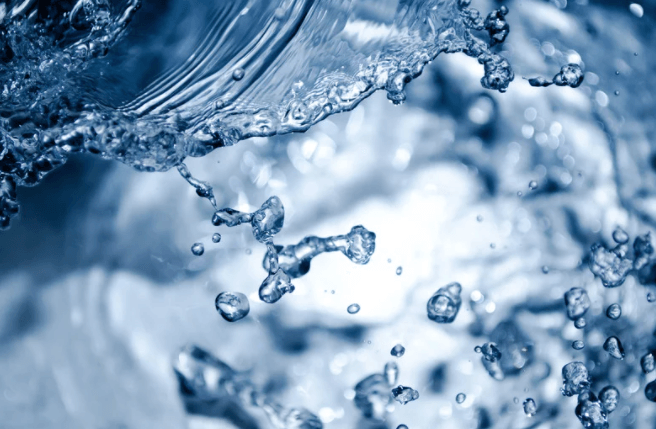
In this series of posts, I’ll be explaining how peracetic acid (PAA) kills or inactivates microbes. But first I need to set the stage. PAA is a highly reactive molecule. But to explain what the PAA is reacting with and why that matters, I first need to describe what microbes are made of. All living things (including microbes) are made up of a complex mix of chemicals. But we can place all of those chemicals into three broad groups: water, small molecules, and macromolecules.
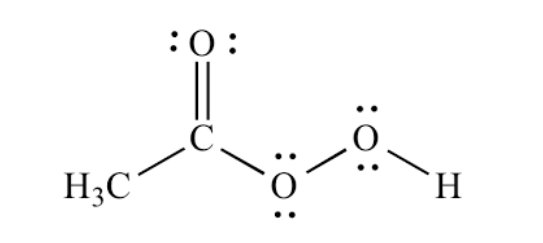
Characteristics of PAA PAA or Peracetic Acid has been somewhat of a buzz word in recent years, not only in the safety and health world but across numerous well-known industries. The use and market share of this chemical has grown rapidly in the last 5 years. This is due to its myriad of applications, it’s ease of use, effectiveness and the fact that it does not leave behind any toxic residues. With its many advantages, it is hard to find another chemical like it. PAA is instrumental in ensuring that a variety of products are safe for consumer use. It is a chemical that serves as both disinfectant and sanitizer in the healthcare, wastewater treatment, food industries and beyond. Produced by reacting acetic acid and hydrogen peroxide with an acid catalyst, peracetic acid is always sold in stabilized solutions containing acetic acid, hydrogen peroxide, and water. For the food and healthcare industries, peracetic acid is typically sold in concentrates of 1 to 5 percent and is diluted before use. PAA can also be known as peroxyacetic acid, peracetic acid, periacetic acid or per acid. It is a clear, colorless liquid, known for being a strong oxidizing agent. Those electrons you see in the above chemical structure play an important role in making PAA such successful disinfectant. It usually has a strong, vinegar (acetic acid) like odor. PAA degrades rapidly, leaves little to no residue, and decomposes into relatively harmless naturally occurring substances. Its decomposition products are acetic acid, oxygen and water. It is known for being environmentally friendly because unlike other sanitizers, no rinse is required. PAA Can be used as a sanitizer, disinfectant or sterilizer…It is just a matter of contact time and concentration. How is it so effective? The reason for the excellent and rapid antimicrobial effects of peracetic acid is its specific capability to penetrate the cell membrane. It does this through the process of oxidation – Remember all those electrons? In the most basic terms, oxidation is the transfer of electrons. PAA disinfects by oxidizing of the outer cell membrane bacterial cells, endospores, yeast, mold spores and other types of cells. Inside the cell it denatures proteins, disrupts cell wall permeability, oxidizes sulfur bonds in enzymes. PAA irreversibly disrupts the cells systems and destroys it. Is there a downside? Or is PAA an invincible powerhouse? Despite the significant benefits of PAA use, there are concerns about the health and safety of those exposed to PAA while working with the chemical. PAA in high concentrations can be corrosive and cause mild to severe irritation of the eyes, nasal and upper respiratory system. Properly handling and taking recommended precautions while using or applying PAA is essential. For industrial hygienists, accurate quantification of PAA in air remains challenging as it rapidly degrades into its constituents of acetic acid and hydrogen peroxide, and sampling methodologies are still undergoing development by both governmental agencies and private companies. This makes it difficult to determine concrete occupational exposure limits. This is a work in progress by private industry and governmental industries alike. In conclusion, it is safe to say that the hype around PAA is not without merit. The list of applications and uses pf PAA will continue to grow as will our knowledge on how to quantify it and safely use it. It is an exciting time to be in this industry. Morgan Henrie
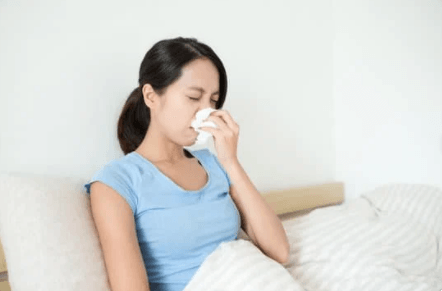
What are indoor allergies and what causes them? Allergies are a body’s way of reacting to a substance that does not irritate many other people. When that substance enters the body, we produce antibodies designed to fight that substance. These antibodies can irritate your eyes, skin, lungs, or any other part of your body. Common irritations include respiration problems, asthma, sinus infections, headaches, coughing and sometimes mental confusion. Extreme reactions can affect your nervous system or cause anaphylaxis which is a potentially life threatening emergency. Most allergies cannot be cured, but treatments are available to reduce the effects of the antibodies. According to the Environmental Protection Agency (EPA), the average American spends 93% of their life indoors or in their car. Therefore, individuals who are sensitive to indoor allergens are far more likely to suffer from allergies. Common indoor allergens we’ll discuss in this article are dust, dust mites, mold, and pet dander. Dust: There is a common misconception that dust is mostly human skin. It is not because human skin mostly ends up in the shower when we wash. Most of dust comes from outside, as dirt tracked in on your feet, and airborne particles like pollen and soot. The rest is mostly carpet fluff, clothes fibers, and pet hair. A way to reduce the amount of dust in your home is to dust regularly, and wash fabrics often. Dust Mites: Dust mites are microscopic, insect-like pests that generate some of the most common indoor substances – or allergens – that can trigger allergic reactions and asthma in many people. Hundreds of thousands of dust mites can live in the bedding, mattresses, upholstered furniture, carpets, or curtains in your home. They feed on the dead human skin cells found in dust. Dust mites are not parasites; they do not bite, sting, or burrow into our bodies. The harmful allergen they create comes from their excrement and body parts. Dust mites are nearly everywhere; roughly 80% of homes in the U.S. have detectable levels of dust mites in at least one bed. The ways to reduce the presence of dust mites are: Reduce humidity, reduce the places dust mites can grow, replace carpets (preferably with non-carpet), and dust regularly. Mold: Mold is a type of multicellular microscopic organism found both outdoors and indoors. It is a living thing, and it lives to reproduce and colonize. You can develop a mold allergy at any age. If you have a mold allergy, it can trigger symptoms of hay fever such as a runny nose, cough, and headaches. The symptoms can begin immediately upon exposure and persist all day. This is especially true if you spend long periods of time around the mold. Diagnosis of mold allergies can take time and identifying the source of mold can be challenging. Medications can help alleviate the effect of a mold allergy, but the best action is always removing the mold or avoiding it altogether. Some molds produce mycotoxins so dangerous that they can cause lifelong problems or even death. The best way to solve a mold infestation problem is to work with a licensed mold remediator. They have the right tools, products, and training to make your indoor space healthy again. Pet Dander: Did you know that 6% of the US population is allergic to cats? And the cat dander is much more potent in causing allergic reactions than the animal’s fur or hair. Eliminating these allergens from your indoor space can go a long way towards creating a healthy home or office. The solution to too much pet dander is to wash and brush your animals often, and preferably outside. We need to face facts. Diagnosing and living with allergies are two difficult things to do. Since we tend to spend so much time indoors, it is time to pay attention to our indoor air quality and make it as clean as possible. Your health may depend on it. Submitted by Pure Maintenance of Jacksonville, Florida
